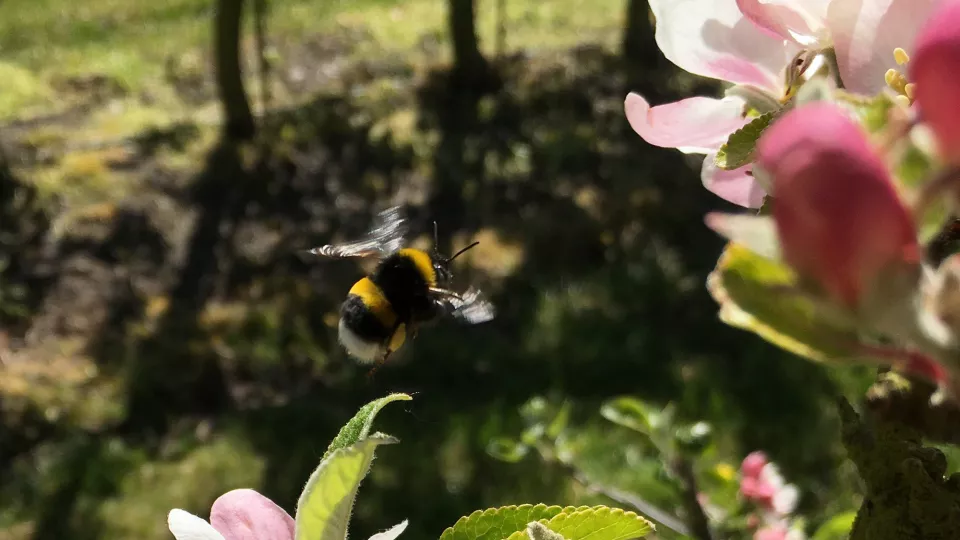Despite claims of the world's most rigorous risk assessment process, the use of approved pesticides in European agricultural landscapes still negatively affects non-target organisms – significantly reducing the colony performance of bumblebees, according to the study published in Nature.
“It is sad that the European Parliament did not support the Commissions suggestion to reduce pesticide use and risk by 50 percent until 2030, when they voted on this matter last week. Our study and findings could have been used to lead the way towards reduced pesticide risks and healthier bumblebee colonies.”, says Maj Rundlöf, biology researcher at Lund University.
Jessica Knapp, biology researcher at Lund University at the time of the study adds:
“The data also show us how bumblebees perform when we use less pesticides. These ‘healthier’ colonies that experience less pesticide risk help us generate a baseline to show that 60% of our bumblebee colonies would fail proposed pollinator protection goals.
“Our findings show that the current assumption of pesticide regulation – that chemicals which individually pass laboratory tests and semi-field trials and are considered environmentally benign – fails to safeguard bees and potentially other pollinators that support agricultural production and wild plant pollination."
Bumblebees are a key wild and commercial pollinator. This transdisciplinary study, where researchers, beekeepers and farmers worked together, forms a key output of PoshBee – a pan-European project seeking to monitor and improve bee health. The scale of this work, with a landscape-level assessment across Europe, provides a step-change in our understanding of the impact of pesticides on pollinator health.
“When you step outside the laboratory, a challenge of ecotoxicology is to capture effect of real-world practices at organism-relevant scales. With the largest experimental field deployment of any pollinator, we see that bumblebees encounter multiple pesticides in agricultural landscapes, resulting in fewer offspring. On top of this, pesticides do more harm in landscapes with less habitat.”, says Charlie Nicholson, biology researcher at Lund University.
The study findings support the need for sustainability goals to reduce pesticide use and risk – critical challenges highlighted at the Convention on Biological Diversity’s COP 15 meeting.
“Our work supports the development of landscape-level environmental risk assessment. However, there is also a need to better understand how the wider pollinator community is exposed to and potentially impacted by pesticide use – something that we will continue working on”, concludes Maj Rundlöf.
Article: "Pesticide use negatively affects bumble bees across European landscapes" (nature.com)
